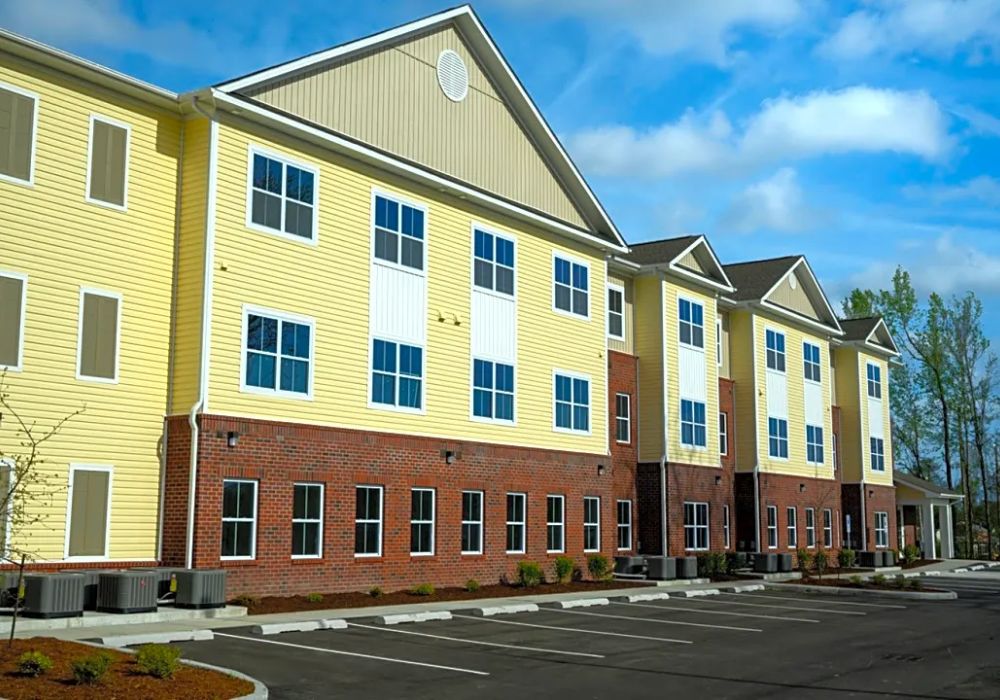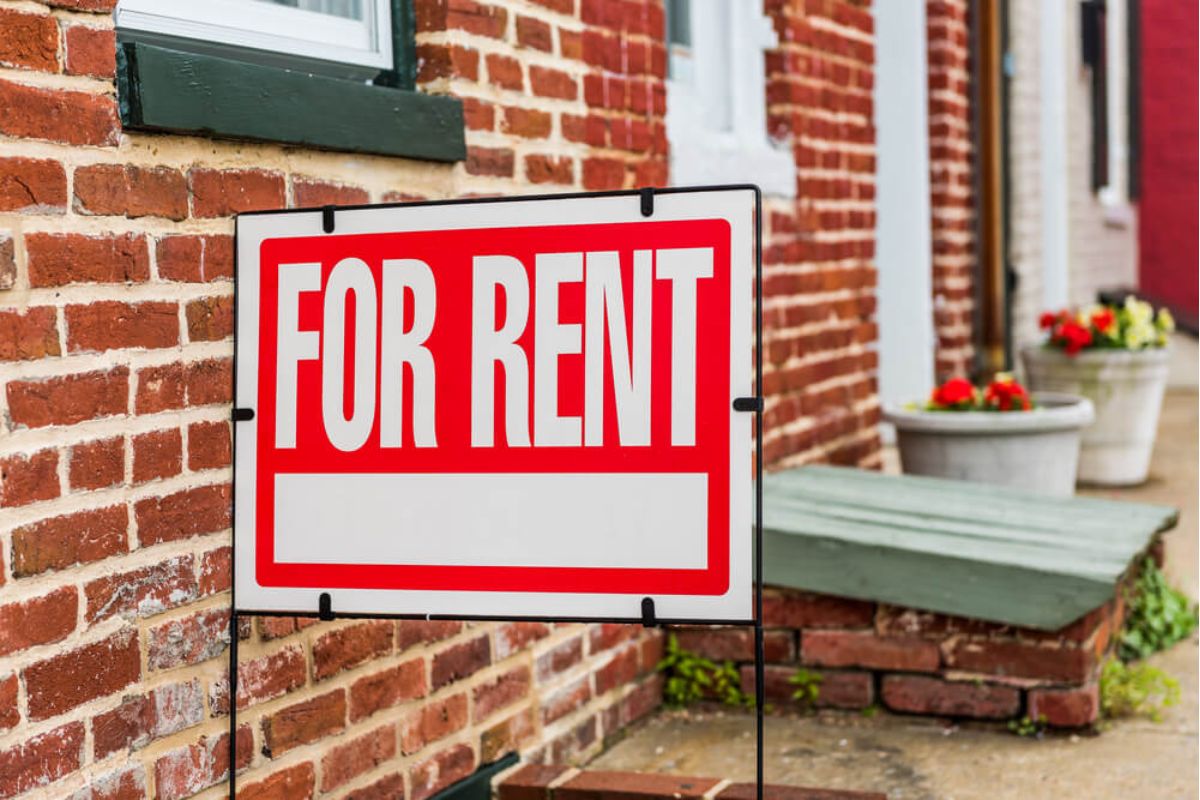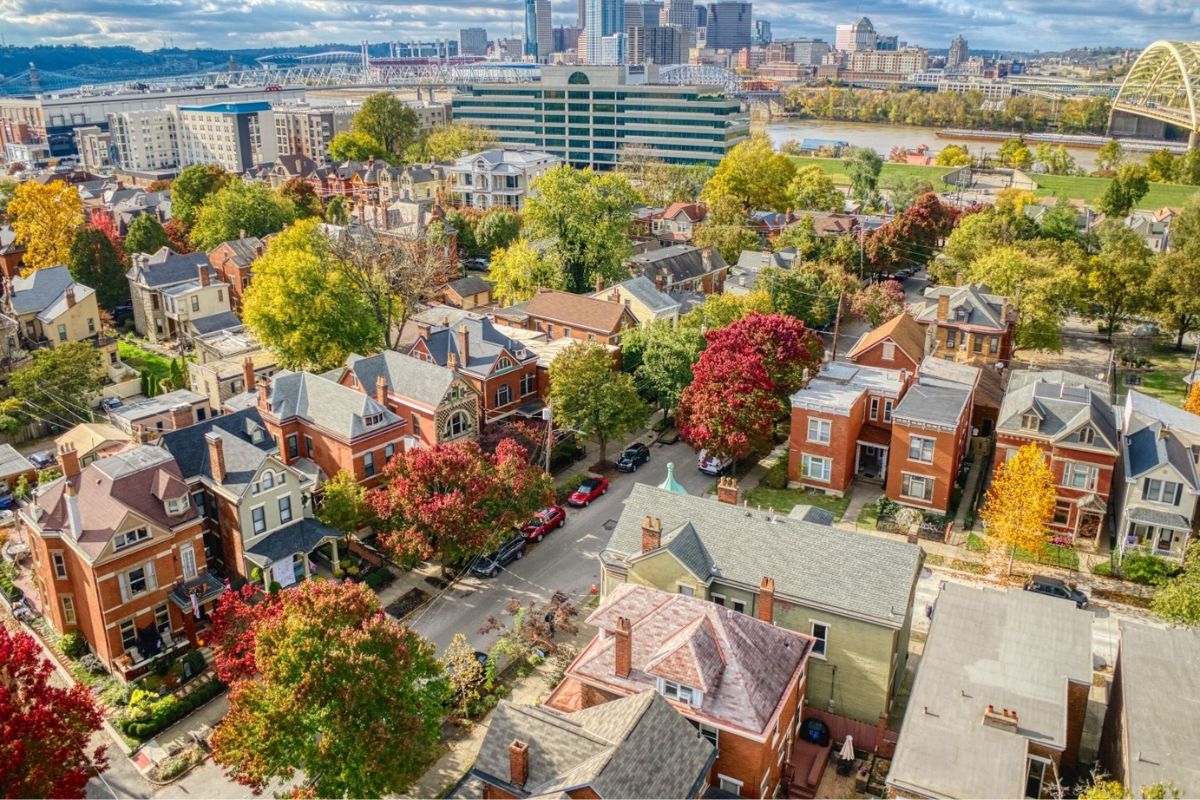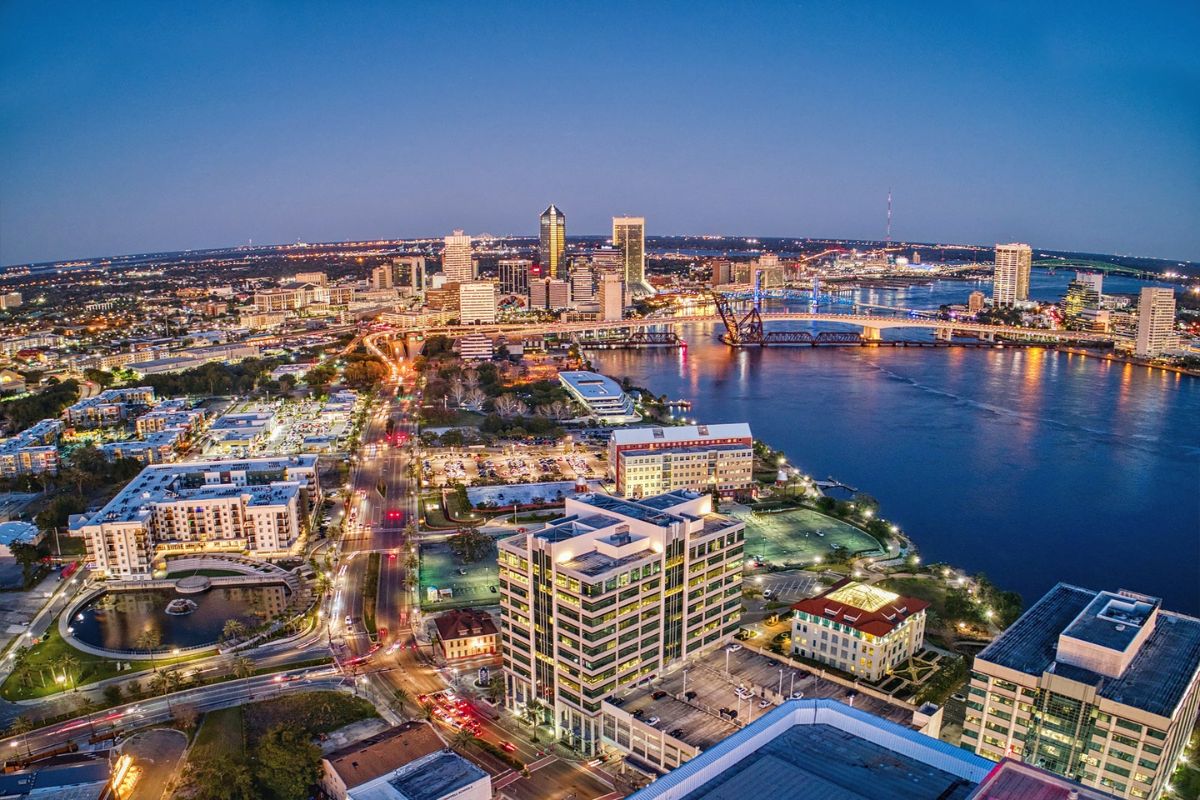Apartment rents have been steadily increasing across the United States in recent years. According to recent data from the U.S. Department of Housing and Urban Development, average rents increased nearly 5% between 2016 and 2021. Some major metropolitan areas have seen rents surge even higher. What factors are contributing to this spike in apartment prices? There are several economic and demographic trends exerting upward pressure on rental rates.
Lack of Housing Supply
A core reason for rising apartment rents is the shortage of housing supply relative to demand. After the housing crash of the late 2000s, new home construction declined sharply as builders pulled back. Even as the economy recovered and household formation increased in the following years, construction of new housing units did not keep pace. Between 2010 and 2020, the number of housing units in the U.S. grew by just 6.7 million while the number of households grew by 10.1 million.
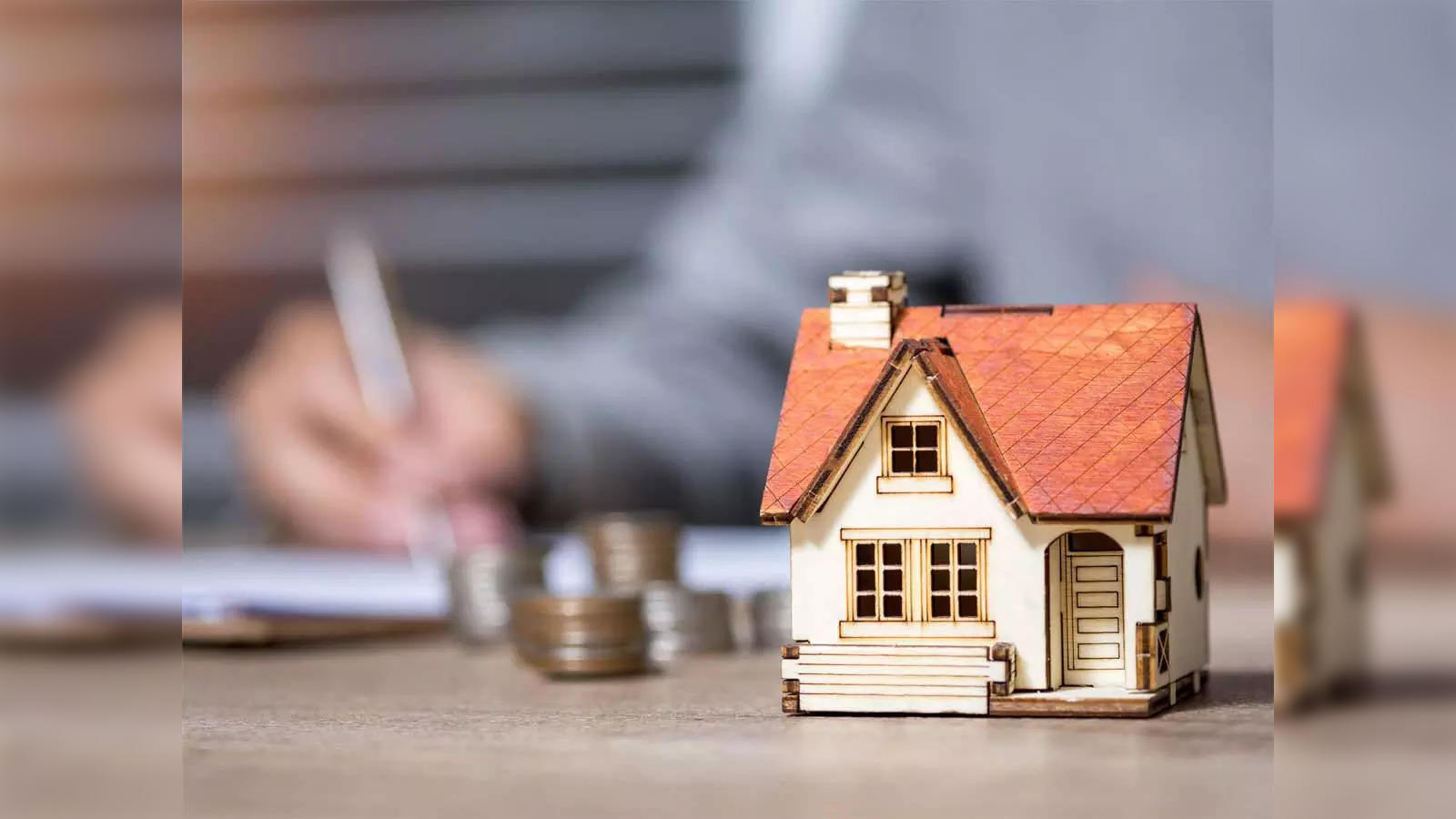
This lack of inventory has created more competition for available units. Prospective renters now have fewer options to choose from and less ability to negotiate on price. Landlords, meanwhile, have more leverage to raise rents each time a lease renews since the odds of finding a new tenant are high. According to the National Multifamily Housing Council, the national rental vacancy rate was just 5.8% in the fourth quarter of 2021, the seventh consecutive quarter below 6%. Anything below 5% is generally considered a landlord’s rental market with upward pressure on prices.
Supply chain issues over the past couple years have only exacerbated this problem. Costs of materials like lumber, steel, and electronics have surged, raising builder costs and making new projects less feasible. Labor constraints have also hindered construction. As a result, nowhere near enough new apartments are being added to meet rising demand fueled by demographic and job growth factors. With this supply-demand imbalance skewed toward landlords, rents will remain elevated as long as inventory shortfalls persist.
Rising Construction and Land Costs
The lack of housing supply can be directly attributed to rising construction and development expenses over the past decade. Land costs, labor, materials - all key inputs to building new housing units have increased substantially. According to an analysis by BuildZoom, the total costs to build a typical multifamily building increased by over 35% between 2006 and 2021.
The construction industry has faced near constant pressure from high and volatile commodity prices. Lumber futures reached record highs in the mid-2010s before another surge during the pandemic cut off supply. Steel and aluminum tariffs implemented in 2018 added over 10% to some project budgets. Other materials like copper, concrete, and plastics all saw double-digit price hikes in recent years as well. And because developers often secure construction bids far in advance of starting work, volatility in prices introduces costs and risks that discourage new projects.
Rising land prices have been a related obstacle. Continued urbanization and limited developable parcels have pushed up acquisition costs, squeezing profit margins on apartments. According to Moody’s, between 2010 and 2020 land values increased 45% for large metro areas. Higher costs to purchase, entitle, zone, and prepare land then gets built into rents through the amortization of development expenses. With builders unable to make numbers work on as many projects given expense increases, less housing supply results which maintains the upward pressure on rents.
Read more: 2025 Rental Market Predictions for Major US Cities
Growing Demographics and Incomes
Demographic trends are a third important factor fueling apartment demand and rent inflation. Millennials represent the largest generation in American history and are now in their prime earning and family-forming years. Between 2010 and 2020, households led by a millennial grew over 55%, the largest increase of any generation. A large cohort entering the housing markets increased competition for available units, especially in urban areas close to jobs and amenities where this group favors living.

Population and job growth are also requiring more housing. Despite the pandemic, real GDP is projected to average over 2% annually, leading to steady income and wealth accumulation. Meanwhile, immigration patterns are returning to pre-COVID norms which typically add over 1 million new residents per year. Stronger population increases raise the need for additional apartments across metropolitan regions.
Some rents are rising faster than others due to concentrated growth. Sun Belt locations in Texas, Arizona, Utah and elsewhere have drawn high numbers of movers from more expensive coastal markets like California. However, even these traditionally affordable housing markets are losing their cost advantage as more people relocate. Household incomes have grown as the labor market tightens too, giving some renters ability to pay elevated prices - only further fueling price pressures. With demographics and the economy expected to keep growing, apartment demand looks poised to remain high relative to new supply.
Speculation and Investor Activity
Finally, rising investor activity in the rental housing sector has potentially aggravated price levels to some degree. Buoyed by attractive yields amid historically low interest rates, large institutional owners rapidly expanded their single-family rental portfolios through acquisitions during the 2010s. This corporate presence has injected capital that bids up prices in certain neighborhoods. REITs and other institutional landlords also purchased thousands of apartment buildings, circumventing the traditional development process and its oversight on affordability.
Individual investors clamoring to find asset classes that retain or beat inflation have also piled into real estate. This flood of outside money can distort local housing fundamentals if it begins speculating on properties or leaving units empty. While it's difficult to quantify this effect precisely, it’s likely that added competition from investor dollars has lifted housing costs to an extent, especially for smaller, private landlords who cannot compete at the same scale.
Outlook
With many of these conditions expected to endure, apartment rents will probably continue their long uptrend for several more years. Demographics alone guarantee ongoing high demand relative to supply, tilting that dynamic in landlords' favor absent a major recession. Construction output has picked up but widespread shortages mean it will take time to narrow the inventory gap and provide meaningful relief.
Attempts to increase density and streamline permitting could gradually help boost development, but land and building costs show little sign of moderating. Gentrification and influxes to lifestyle destinations will keep fueling price gains in many regional markets as well. Government intervention like subsidies, inclusionary zoning or rent controls may provide some cost-burdened tenants reprieve. However, for renters overall the market reality suggests the rising trend will be difficult to derail permanently. With these fundamental supply and demand fundamentals at play, one can expect apartment rents to rise at least 3-5% annually absent an economic downturn.
In summary, various factors both structural and economic are powerfully interacting to drive up apartment prices across most of America. The supply response to stronger demand has lagged due to high construction expenses and communities limiting new housing. Unless these constraints are addressed, rent inflation will likely stay at uncomfortably high levels for many renters in the years ahead. Addressing the root issues around land use, costs, and housing supply will be pivotal to ease this affordability challenge over the long run.
Read more: Los Angeles Plans to Crack Down on Landlord Harassment of Tenants

